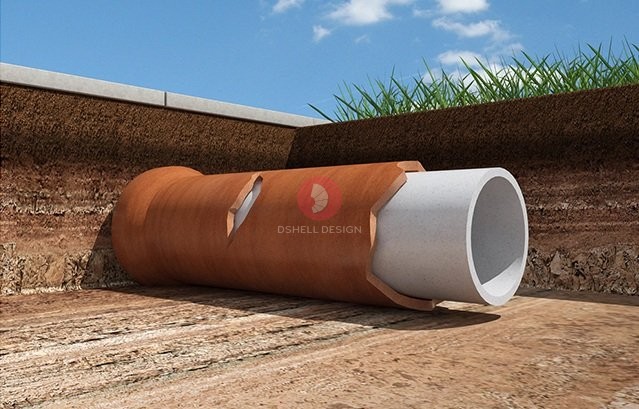
Pipe Relining: How it Works and Why Professionals recommend it
Have you ever heard of pipe relining?
Also called “cured-in-place pipelining,” relining is a form of repair and maintenance done by professional plumbers to reinforce the connection of pipes, particularly in its interior.
This method started making waves in Australia just recently. What most people don’t know is that pipe relining is relatively safer, less expensive, and requires less work than excavating the ground to unearth the pipes and drainage system underneath.
It works by adding a new and sturdier layer or pipe inside the old and faulty one. In other words, the existing tubes are not removed but instead reinforced with advanced and composite materials made of resin. The formation of resin within the old pipes helps make it more durable and still usable for an extended period.
To determine whether relining is the most suitable option for malfunctioning drains and pipes, an in-depth analysis of the damage is conducted first. Plumbers need to know the extent and severity of the damage sustained by the canals. At the same time, old pipes are thoroughly cleaned, too. Cleaning old ducts helps clear any grime and waste buildup, provides ample space for the resin material and allows water to flow smoothly once again.
After cleaning the pipes, it is measured and tested for its durability and strength. Taking the pipes’ accurate measurements and assessing its toughness gives plumbers a better idea of the amount of resin saturation that will strengthen it.
Relined pipes undergo a curing process. The curing process is crucial because it helps solidify the resin. It is done by using hot water and exposing the tubes to UV radiation.
There are risks and inconveniences when replacing old pipes entirely.
Excavating the land above underground pipes obstructs the flow of traffic. When not done carefully, there is a possibility that neighbouring pipes could be damaged or ruptured. Likewise, it poses the risk of disrupting the regular arrangement and growth of plants and other microorganisms surrounding the excavated landscape.
It will also take more time and energy to reconstruct the dug-up ground once the repairs are over.
Why is pipe relining preferred by professionals?
- Pipe relining underscores safety—As mentioned above, digging up or excavating residential or commercial landscapes is risky. It can leave large cracks and holes in neighbouring areas where accidents can take place. Pipe relining does not require any burrowing holes and dismantling the ground up.
- Pipe relining is budget-friendly—The process of relining pipes is designed to provide a one-time, long-term solution to faulty drains and tubes. It eliminates the need for back jobs or repetitive repairs, saving time and money for both the customers and the plumbers.
- Pipe relining doubles the strength of your existing drainage system—Boosting the sturdiness of pipes and drains drives better flow of water and fluid. It also keeps pipes from leaking while reducing the accumulation of blockages in waterways.
- Pipe relining is a sanitary solution—Relining fluid pathways in residential and commercial spaces provide a protective barrier against toxic chemicals and contaminants, such as lead and waste materials.
The technology of relining pipes already applies in various parts of Europe and the US. It is innovative and takes into account time, energy, and resources. More importantly, pipe relining upholds the safety and health of the community.
Author bio: Nora George is a freelance writer who offers to Copywrite and blogging services. She works closely with B2C and B2B businesses providing digital marketing content that gains social media attention.
- Category :
- Type :
